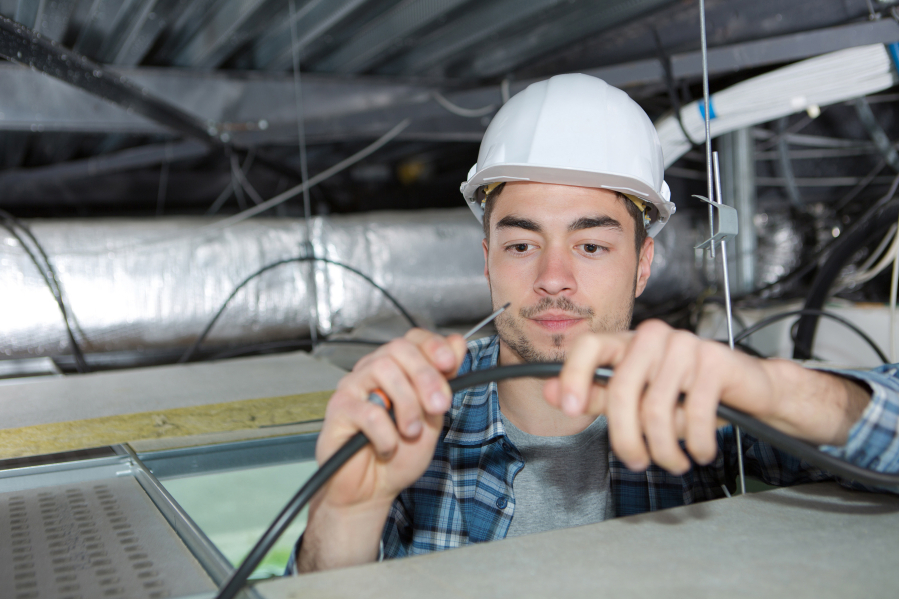In the coldest part of the year, you may be lamenting your heating bills and the occasional inefficient use of energy in your home. But recent federal code changes mean 2024 is the year to start making energy-efficient upgrades to both keep your home warm in winter and cool in summer.
Studies show that U.S. homes produce about 20 percent of the greenhouse gases in the country. To help reduce greenhouse gas emissions in homes, Congress passed the Inflation Reduction Act in August 2022. The bill includes the High Efficiency Electric Home Rebate Act, which provides low- and moderate-income homes with point-of-sale rebates to help them reduce their greenhouse gas emissions by improving energy usage. Here are six ways to make sustainable improvements in your home this spring to prepare you for the colder days.
- Weatherize your walls and windows
Losing heat in the winter and cool air in the summer frustrates homeowners, who see the difference in their utility bills. But lost energy also increases the greenhouse gas emissions we want to avoid. To help prevent this, look into weatherizing your home by caulking and sealing your windows and installing insulation in your walls.
Caulking/sealing windows and doors: $50-70 per window/door
Insulation installation: $1,600-$2,700
- Rewire your home
Outdated wiring in your home causes inefficient energy usage and can be dangerous, depending on the situation. Always make sure to replace any knob and tube wiring to ensure safety. A professional knows the most up-to-date codes and can help you determine what energy needs fit your lifestyle. If you’re considering purchasing an electric car, definitely upgrade your electrical box.



